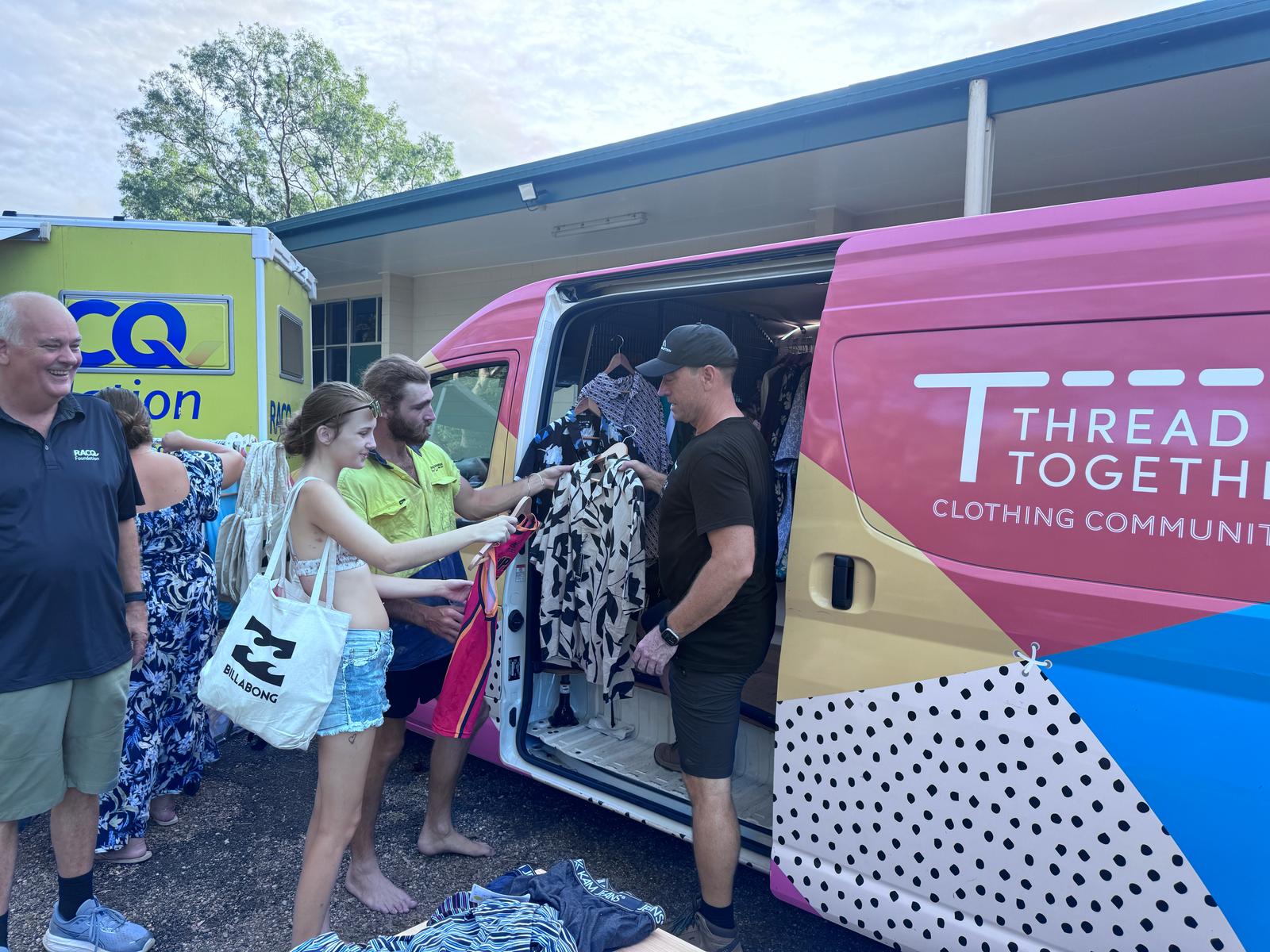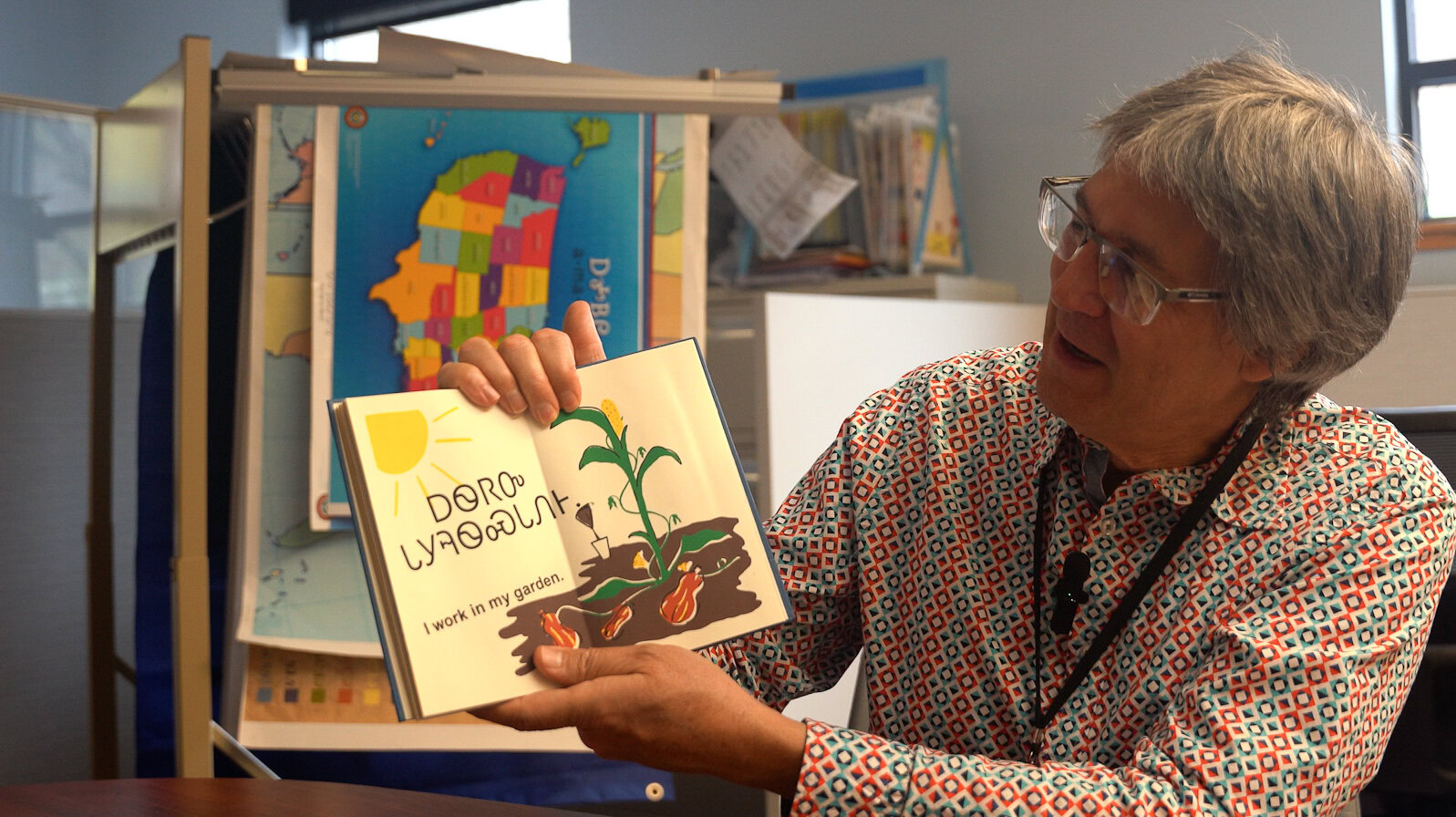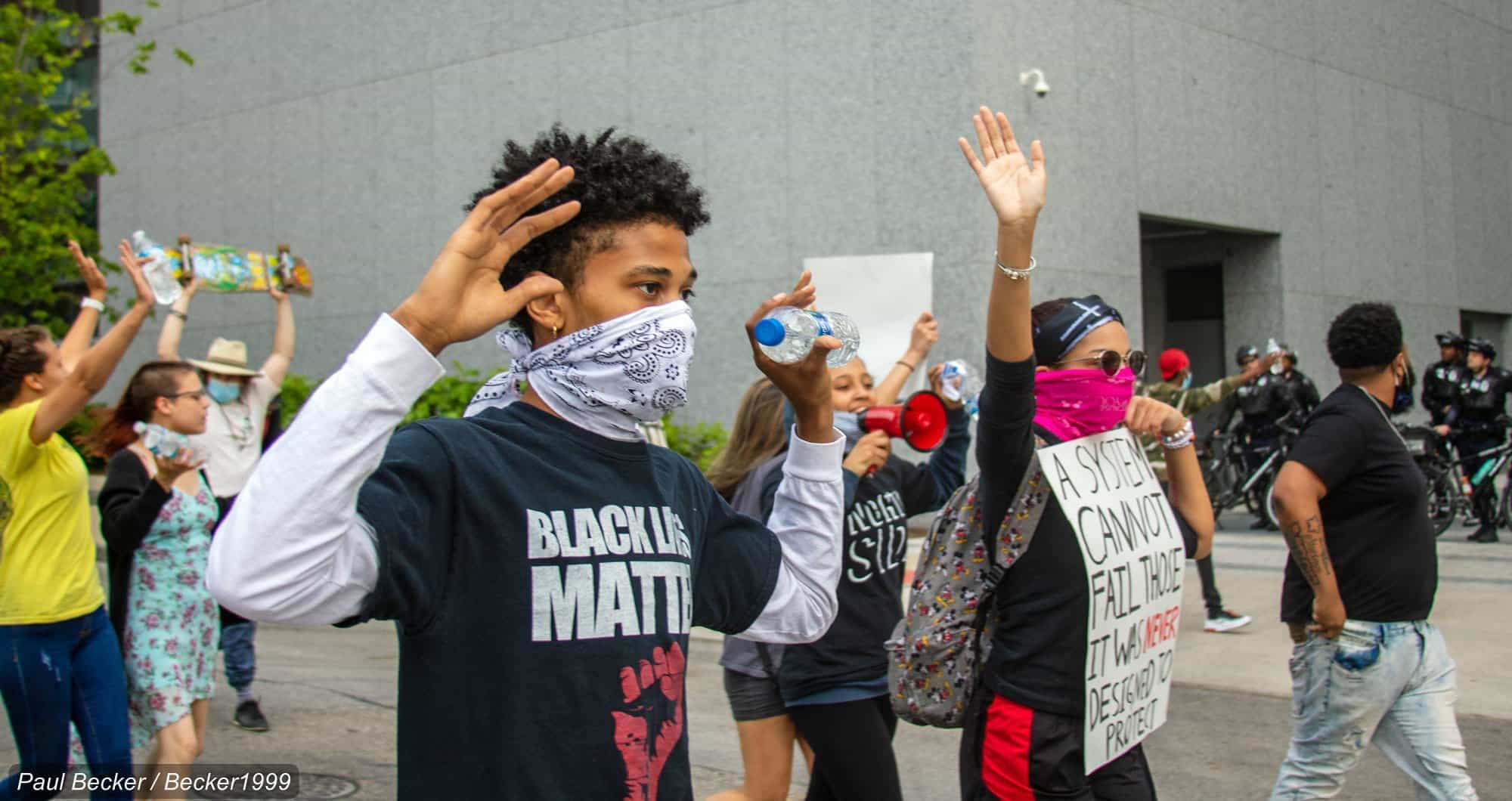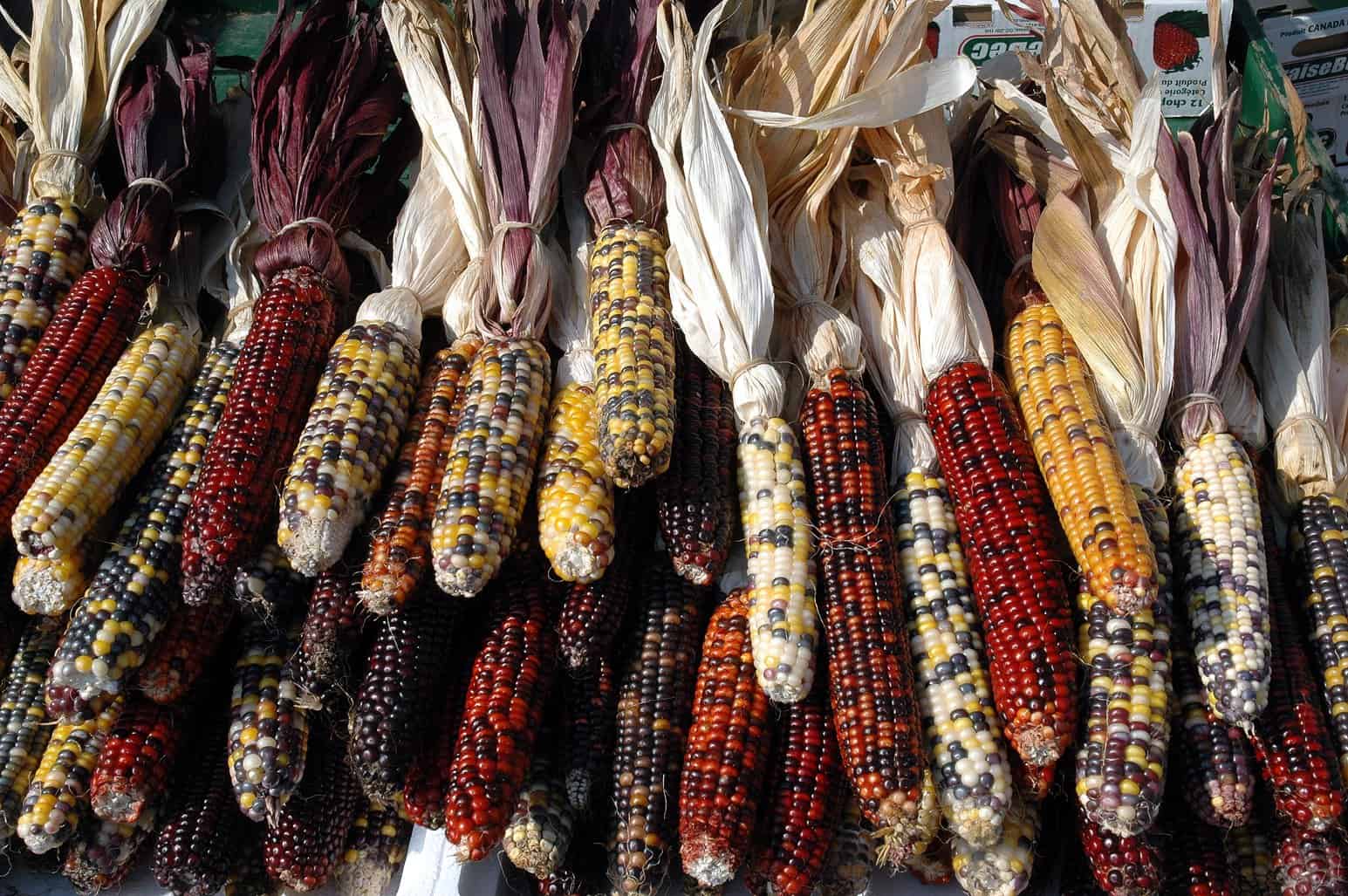This story was originally published by Civil Eats.
We ask a lot of food packaging. It needs to look good and keep perishable food safe, intact and unblemished as it travels from the producer to grocery stores and then on to people’s homes, with minimal weight.
Some food packaging is made of multiple layers of different materials fused together. While this increases durability, it also makes it difficult to recycle.
“We’ve done a great job as a society of creating packaging that is efficient and appealing,” said Gerrine Pan, vice president of partnerships at Ridwell, a Seattle-based startup that helps consumers send less waste to landfills. “But our rate of packaging innovation has far outpaced our rate of being able to handle that material in the traditional waste management system.”
Launched in 2018, Ridwell is part of a small but growing group of specialty recyclers helping to educate consumers about reducing waste while collecting materials that traditional municipal recycling services won’t. Some offer memberships or subscriptions to residents for a monthly fee with bi-weekly pickups from their curbs or doorsteps, and a few also provide services to businesses.
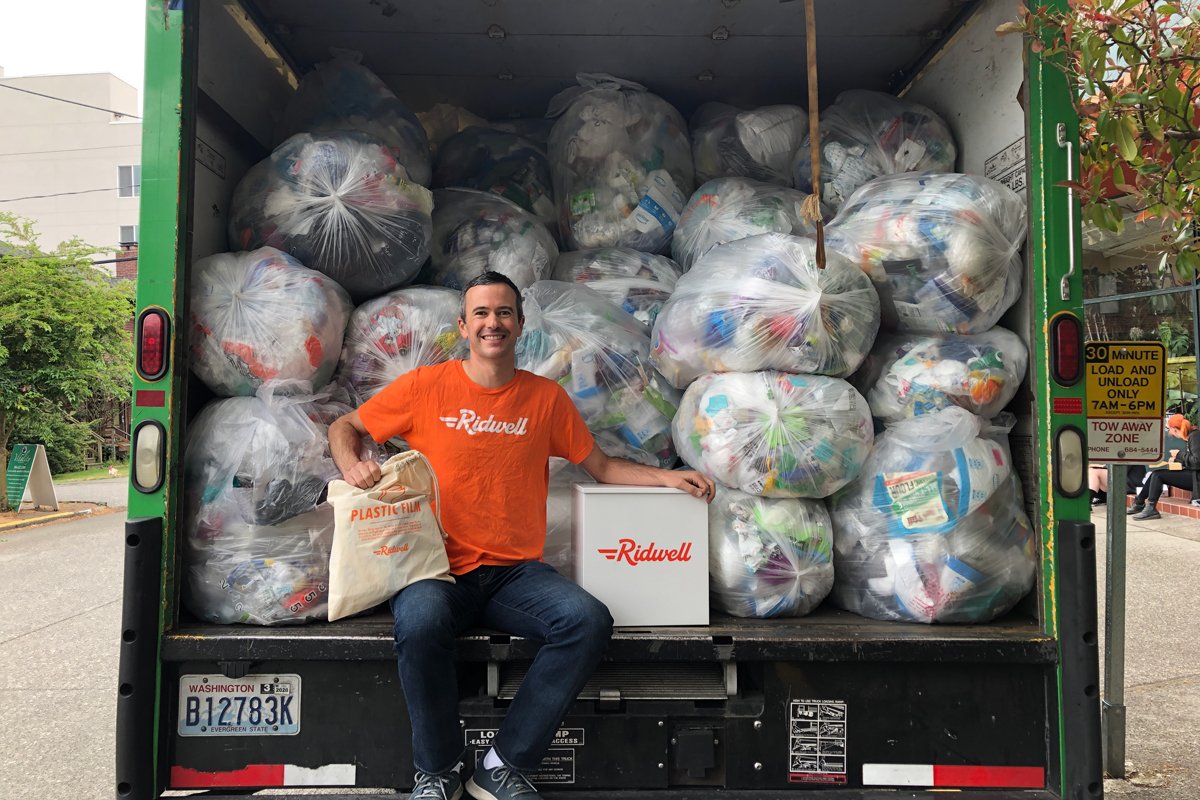
Their reach ranges from regional to multi-state. Rabbit Recycling, for example, operates in the Philadelphia Metropolitan area, while the ReCollective offers services in North Carolina’s Research Triangle, which includes Durham, Raleigh, Chapel Hill, and Cary. Recyclops serves residents and businesses in more than 30 states and most major metro areas.
Ridwell now has 100,000 members in eight metro areas in seven states. Every two weeks, the company picks up multi-layer plastic food packaging, plastic clamshell containers, batteries, lightbulbs, and other hard-to-recycle materials from the doorsteps of members who pay $14 and up per month.
It was launched by a Seattle father and son who needed to recycle old batteries, but their garbage company wouldn’t accept them. After calling around to find a location that would take the old batteries, they offered to take along their neighbors’ dead batteries too as part of a “recycling carpool.” It turned into an ongoing weekend project with different materials collected and recycled every week, including electronics and Styrofoam.
Their list of participating neighbors, which became known as “Owen’s List,” eventually topped 2,000, underscoring great demand and confusion about the patchwork of local recycling rules in the US, which lacks a modern national standard. In a nation where recycling rules may vary county by county, not to mention state by state, just 32.1 percent of waste is recycled or composted.
Ubiquitous food packaging
Food packaging, in particular, is “ever present, always changing, and very complex,” Ridwell’s Pan said. Plastic food packaging is a big problem for traditional recycling systems because they can’t sort flexible plastics such as plastic film from multi-layer plastics, she continued. There is also a high degree of contamination when the wrong materials are commingled in a bin or the materials are dirty. Ridwell requires users to sort their own materials, resulting in a contamination rate of less than five percent, compared to about 15 percent for drop-off grocery bins and at least 30 percent for a municipal blue bin, Pan said.
Also, multi-layer plastics commonly used in food packaging often can’t be recycled because technologies are, unfortunately, largely designed to handle one type of plastic at a time.
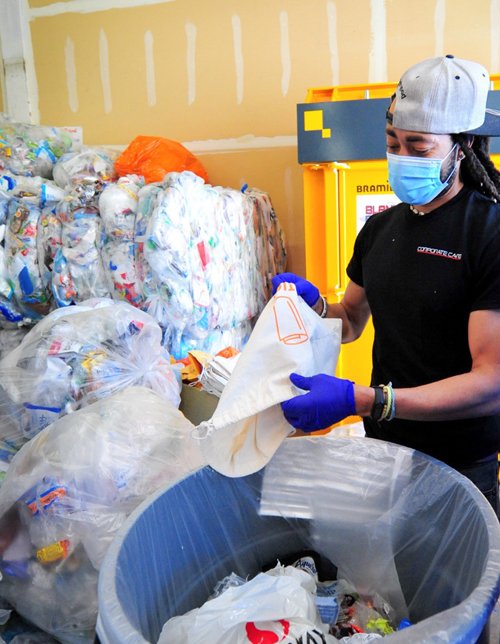
“You can neither sort them out, nor can you separate out those layers to get them individually recycled,” Pan said.
As a result, the commodity market for plastic film waste is quite small, and even tinier for multi-layer plastic waste, Pan said. Most of it ends up in landfills.
The failures of the landfill diversion system inspired Ryan Smith to launch Recyclops in 2014. The Salt Lake City-based recycler got its start with apartment buildings before branching out to single family homes in cities without a recycling infrastructure. Recyclops uses a gig-worker model similar to DoorDash or Uber: Independent contractors lead recycling collections, allowing Recyclops to expand faster.
Recyclops’ business is now split between residential collection programs, mostly focused in rural areas, and enterprise-level solutions that reach most major metro areas. For example, the company works with a grocery delivery startup on a national packaging return program in which reusable ice packs are collected, washed and sanitized, and insulated liners are recycled. It also runs a squeeze-pouch program for a baby-food brand.
In the 10 years since founding Recyclops, Smith has seen food packaging become more sophisticated and lightweight; using pouches, for example, can help to reduce shipping costs and environmental impact. Alternatively, some companies are going old-school, shifting toward traditional reusables such as glass.
“It’s a balance,” Smith said. “You’re weighing the environmental impact of manufacturing and shipping against recyclability. Businesses have to evaluate and weigh what they care about most. Where is the highest impact? And oftentimes, what we’ve seen is that there’s a trend toward maybe less recyclable but more sustainable.”
Weighed down by negative news?
Our smart, bright, weekly newsletter is the uplift you’ve been looking for.There’s also a push and pull between the packaging and recycling industries, Smith said. He points to plastic water bottles, which used to be much thicker.
“Now it’s more common to see super thin plastic water bottles,” Smith said. “The thicker plastic water bottles were way better for the recycling industry. There’s more plastic per bottle, which makes it easier to recycle and makes the whole system kind of work a little bit better, but you’re using twice as much plastic for no reason.”
Limited recycling
Taylor Johnson sees a big opportunity for specialty recycling services in a place like Utah, where recycling options can be scarce. After previously using Ridwell in Minneapolis, Johnson became a Recyclops Plus subscriber following her recent move to the Salt Lake City area. She considers herself passionate about reducing waste.
“I’ve gone back and forth in terms of pushing for zero waste, and trying that is like a part-time job,” she said. “I’m young and not the wealthiest person in the world, so finding all the options and services that would make it affordable is really tough.”
Sue Frank, a retired Philadelphia librarian, said she happily signed up for a Rabbit Recycling subscription a few months ago out of frustration with her recycling options. She and her husband generate a lot of plastic food packaging waste from grocery shopping and a weekly meal delivery service.
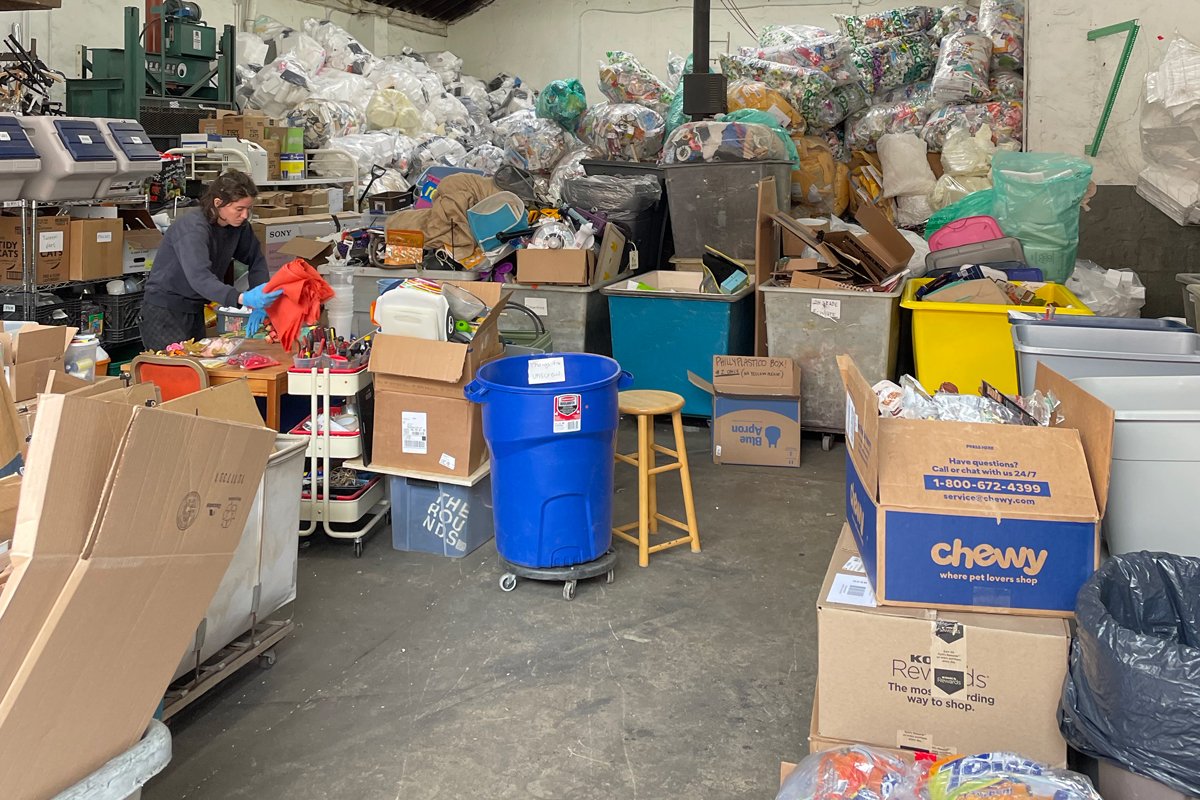
“In the past, I just pretended I was recycling and put stuff in Philadelphia’s blue box and crossed my fingers,” Frank said. “Now I put it out happily, gratefully, confident that people will be taking time with it and trying to distribute it nicely.”
Ridwell gives users detailed instructions on what they can recycle through its service. This education has been one of the most positive aspects of a membership, said Eric Lerner, a community organizer who lives with his family in Alameda, California. His 11-year-old daughter is in charge of sorting.
“It makes us more thoughtful about all the different types of plastic that are used for packaging, which we probably wouldn’t think about if we were just dumping it in the garbage every two weeks,” Lerner said. “We get to do an inventory of our plastic garbage when we’re sorting it.”
Ridwell also shares educational text messages and case studies. “It’s good information and makes you feel like you’re part of something bigger than just recycling your own plastic,” Lerner said.
Ridwell’s service hasn’t made Lerner’s family feel more comfortable buying products in plastic packaging just because they’re able to recycle them. Instead, Lerner said they’ve become more thoughtful when they shop, bringing their own used plastic bags or cloth bags to the grocery store or farmers’ market.
Recycling, reuse and upcycling
To date, Pan said Ridwell has diverted more than 22 million pounds from the waste stream, including 6.2 million pounds of plastic film such as plastic wrap, Ziplock bags and bread bags, and 770,000 pounds of multi-layer plastic, predominantly food packaging like chip bags and snack wrappers. How to distinguish between the two? You can stick your finger through plastic film, Pan said, while multi-layer plastic tends to be loud and crinkly.
Ridwell partners with more than 200 organizations that will reuse or recycle the materials. Hydroblox, for instance, transforms multi-layer plastic into outdoor landscape drainage blocks, and Trex manufactures plastic film into composite lumber for decks and playground sets.
Rabbit Recycling co-owner Matt Siegfried estimates that his company recycles about 80 percent of materials, donates roughly 15 percent to nonprofits such as homeless shelters, and upcycles the remaining five percent to artists, including one who turned chip bags into sleeping bags for unhoused people.
“If we could get those numbers a little more even, I would be very happy,” Siegfried said. “That is a goal of ours.”
Recyclops’ Smith, in particular, has been fascinated by a rebound in the reuse of materials the company collects. Recyclops is partnering with a wine importer on a pilot program to reuse wine bottles that Recyclops collects and cleans.
“We’re taking wine bottles, and they’re getting washed and sanitized and then refilled and resold,” Smith said. “And we’re not alone in that reuse renaissance. It’s kind of like bringing back the milkman. … I expect over the next few years that we’ll see more and more reuse in food packaging. We’re definitely trying to make that a reality.”
Policy solutions
In addition to innovation and investment in sorting and processing technologies, Pan said policy changes are needed to turn the tide on the plastic waste crisis. She points to California’s Plastic Pollution Prevention and Packaging Producer Responsibility Act (S.B. 54) as an example. The law, passed in 2022, shifts the burden for plastic recycling to the companies that produce single-use packaging and plastic food service ware.
The law aims to boost recycling of single-use plastic packaging and food service ware to 65 percent, trim sales of single-use plastic packaging and food service ware by 25 percent and ensure that all single-use packaging and plastic food service ware sold in California is recyclable or compostable by 2032.
“That’s an example of policy and advocacy that changes the landscape,” Pan said. “It also invites producers to the table to figure out how to manage that.”
In the meantime, she said people can reduce how much food packaging enters their home by buying in bulk, bringing their own bags, using reusables, and avoiding single-use when they can.
“Small actions do add up to big change,” she said. “Every household can make a difference.”





